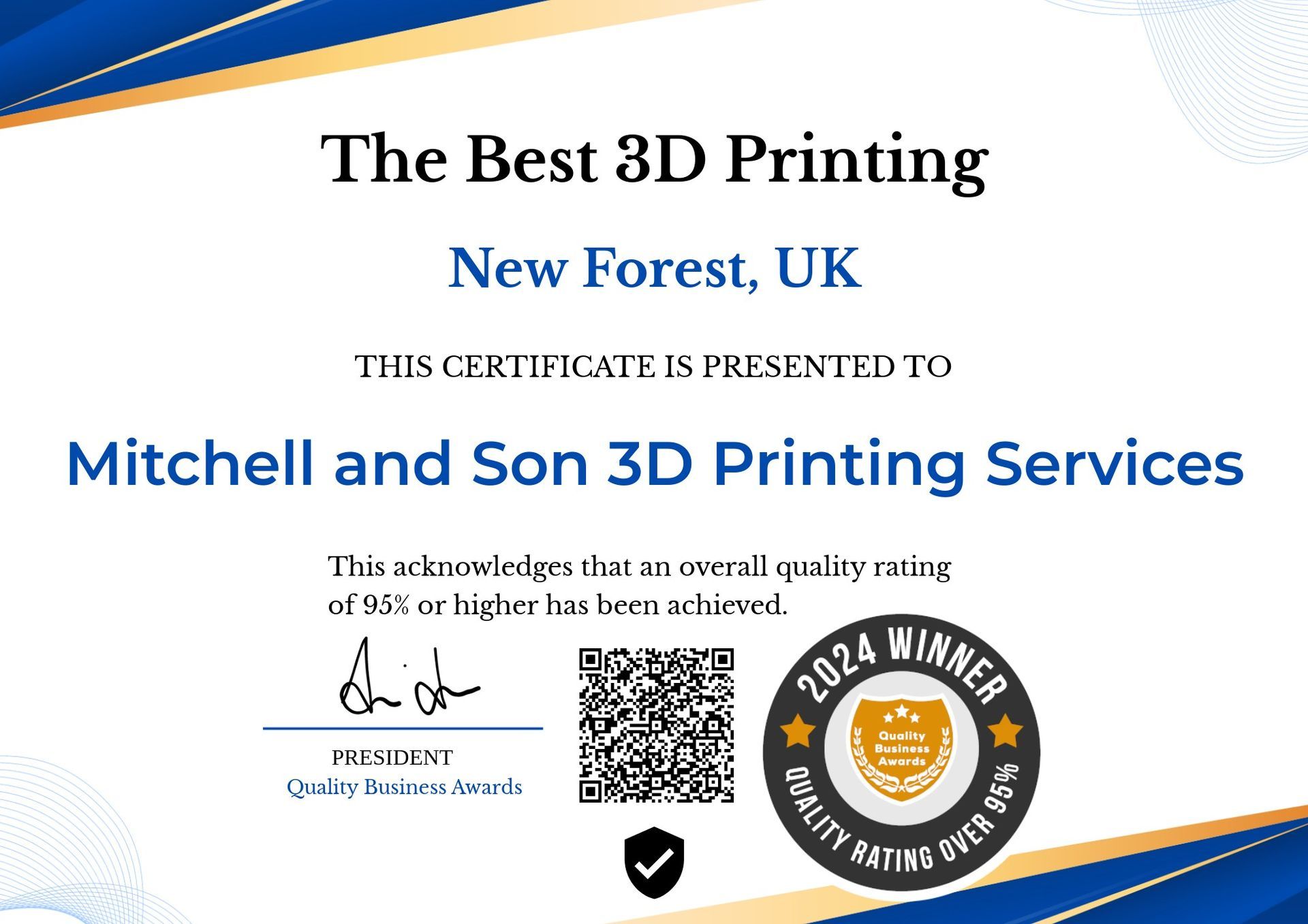LOW VOLUME MANUFACTURING
We provide a wide range of professional services to meet your needs. We promise to provide every service with a smile, and to your highest level of satisfaction.
LOW VOLUME MANUFACTURING

We offer manufacturing the ablity to produce small batch items within 5 - 10 working days.
The lead time is dependant on the size of the batch requested.
To make it finincially vaiable for SME's or any manufacturer to use our services, we offer price breakes on the size of the Batch quanity .
For example:
Qty 1 = £20.00
QTY >= 2 Units = 8% discount
QTY >= 10 Units = 12% discount
QTY >= 50 Units = 17 % discount
QTY >= 100 Units = 20% discount
QTY >= 500 Units = 25% discount
QTY >= 1000 Units = 30% discount
QTY >=2500 units =35% discount ( Trade Only)
QTY>=5 000 units= 40% discount (Trade Only)
QTY >=7 500 units = 45% dicount (Trade Only)
QTY>=10 000 units =50% discount ( Trade Only)
LOW VOLUME MANUFACTURING
Low volume manufacturing, frequently appertained to as small- batch product, represents a strategic approach to manufacturing that caters to niche requests or technical products.
It offers a dynamic result for manufacturing companies seeking inflexibility in their product processes while maintaining high- quality norms.
In moment's fleetly evolving business geography, low volume manufacturing has surfaced as a vital strategy for companies looking to test new products, respond fleetly to request demands, or serve niche requests profitably.
This approach leverages advanced manufacturing technologies similar as 3D printing, CNC machining, and rapid-fire prototyping to streamline product processes and reduce lead times.
By embracing low volume manufacturing, companies can minimize the pitfalls associated with large- scale product, optimize force operation, the high costs in aquiring tooling and achieve lesser dexterity in responding to client requirements.
also, short- run manufacturing fosters invention by furnishing companies with the occasion to reiterate snappily on product designs and incorporate client feedback iteratively.
This iterative process not only enhances product quality but also cultivates client fidelity by demonstrating a commitment to meeting their evolving requirements.
also, small- batch product allows companies to maintain tighter control over costs by reducing redundant force and minimizing the need for expensive tooling investments associated with mass product.
This approach aligns well with the current trend toward customization and personalization in consumer preferences, enabling companies to deliver unique, acclimatized results that reverberate with their target followership.
In substance, low volume manufacturing represents a strategic paradigm shift that empowers companies to thrive in an decreasingly competitive and dynamic business.
FAQ
1. What is low volume manufacturing?
Low volume creating implies the improvement of a respectably little measure of parts or things, typically going from a few dozen several thousand units.
It's perfect for associations looking for produce limited sums for testing, market endorsement, or specialty markets without placing assets into huge scope fabricating plans.
2. What are the advantages of low volume manufacturing?
Low volume manufacturing offers several advantages, including:
- Cost-effectiveness: With lower setup costs and reduced material waste, low volume manufacturing can be more economical than traditional mass production for smaller production runs.
- Flexibility: It allows for quick adjustments to designs or specifications without the high costs associated with retooling large-scale production lines.
- Faster time to market: By bypassing lengthy setup processes required for mass production, low volume manufacturing enables quicker turnaround times, helping businesses get their products to market faster.
3. What industries benefit from low volume manufacturing?
Various businesses benefit from low volume manufacturing, including:
- Hardware: Prototyping and limited scope creation of circuit sheets, sensors, and electronic gadgets.
- Car: Custom parts, models, and restricted version vehicles.
- Aviation: Prototyping of airplane parts and little bunch creation for specific aviation applications.
- Clinical: Creation of custom clinical gadgets, embeds, and instruments.
- Shopper merchandise: Restricted release items, custom things, and specialty market products.
4. What technologies are used in low volume manufacturing?
Low volume manufacturing utilizes different advancements relying upon the particular prerequisites of the task.
A few normal innovations include:
- 3D printing: Ideal for quick prototyping and delivering complex calculations with negligible arrangement.
- CNC machining: Reasonable for delivering exact, great parts from different materials, including metals, plastics, and composites.
- Infusion shaping: Utilized for creating bigger amounts of parts with predictable quality, however it very well may be adjusted for low volume creation runs.
- Laser cutting and etching: Empowers exact cutting and stamping of materials for models and little cluster creation.
5. How does low volume manufacturing differ from mass production?
Low volume manufacturing contrasts from large scale manufacturing basically as far as scale, arrangement expenses, and creation proficiency:
- Scale: Low volume fabricating centers around delivering more modest amounts customized to explicit necessities, while large scale manufacturing produces enormous volumes for far and wide dispersion.
- Arrangement costs: Low volume fabricating regularly includes lower arrangement costs since it doesn't need broad tooling or concentrated gear utilized in large scale manufacturing.
- Creation proficiency: Large scale manufacturing is enhanced for productivity and cost-adequacy at scale, though low volume fabricating focuses on adaptability and customization over effectiveness.
6. What factors should I consider when choosing a low volume manufacturing partner?
While choosing a low-volume manufacturing Partner, think about the accompanying elements:
- Mastery and capacities: Search for a maker with experience and abilities pertinent to your undertaking prerequisites, like skill in unambiguous materials or advances.
- Quality control processes: Guarantee the producer has vigorous quality control estimates set up to keep up with consistency and fulfill your quality guidelines.
- Correspondence and cooperation: Powerful correspondence and coordinated effort are critical for effective results, so pick an accomplice who values straightforwardness and cooperation all through the creation interaction.
- Versatility: While you might be beginning with low-volume creation, consider an accomplice who can increase creation in the event that your interest expands later on.


